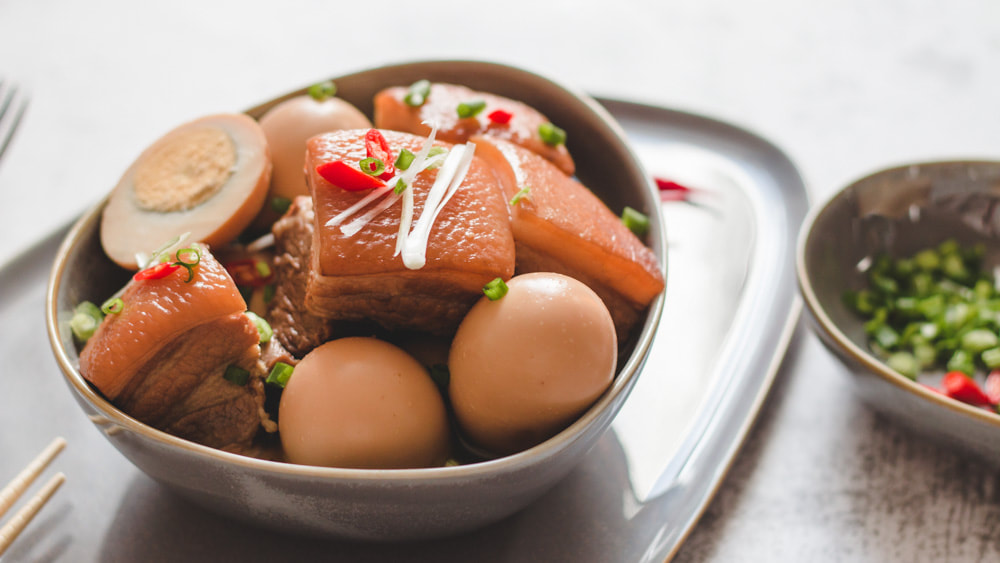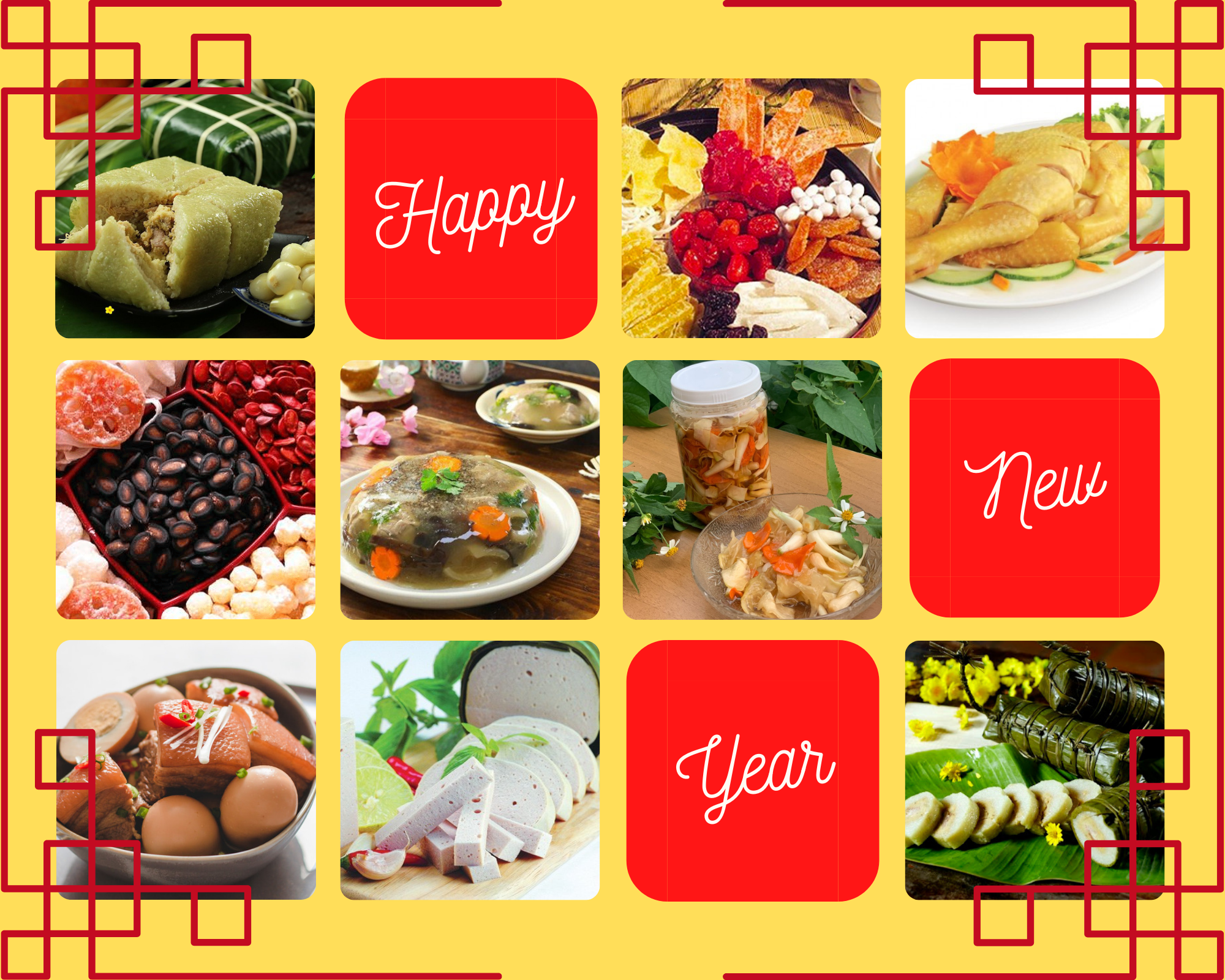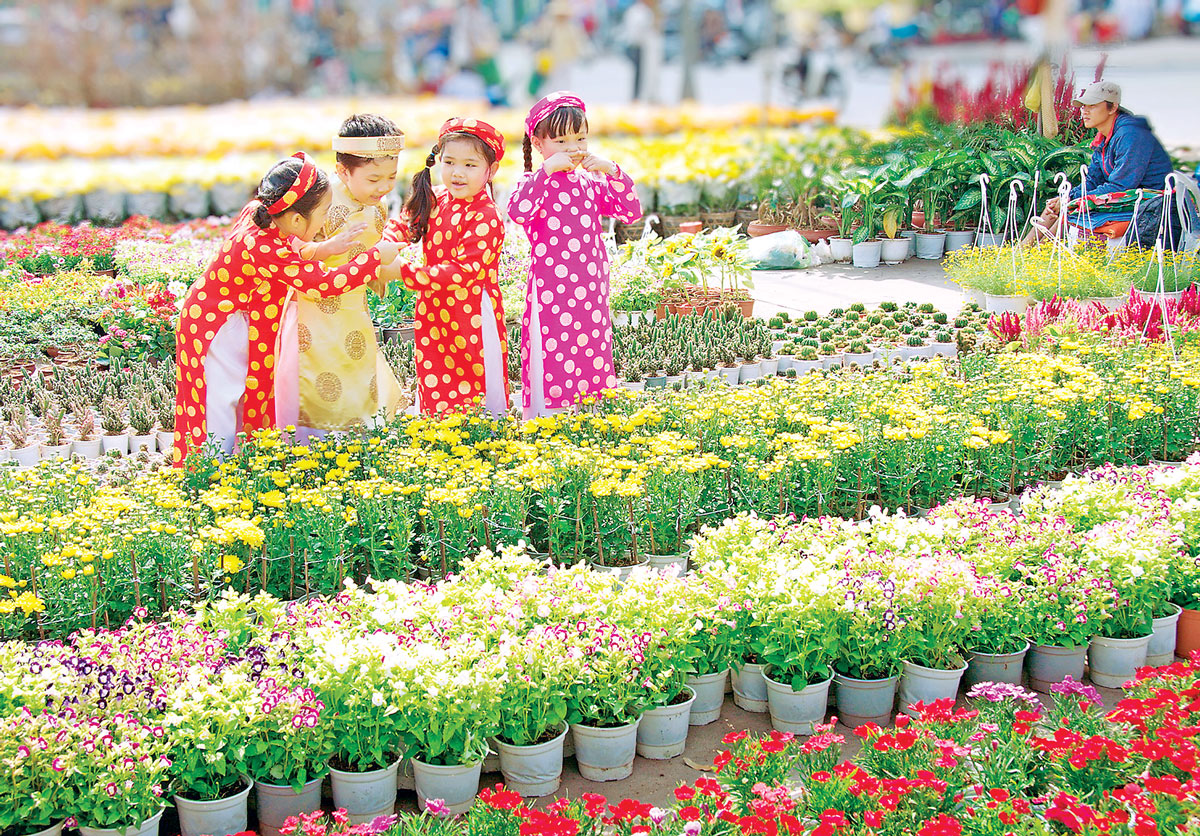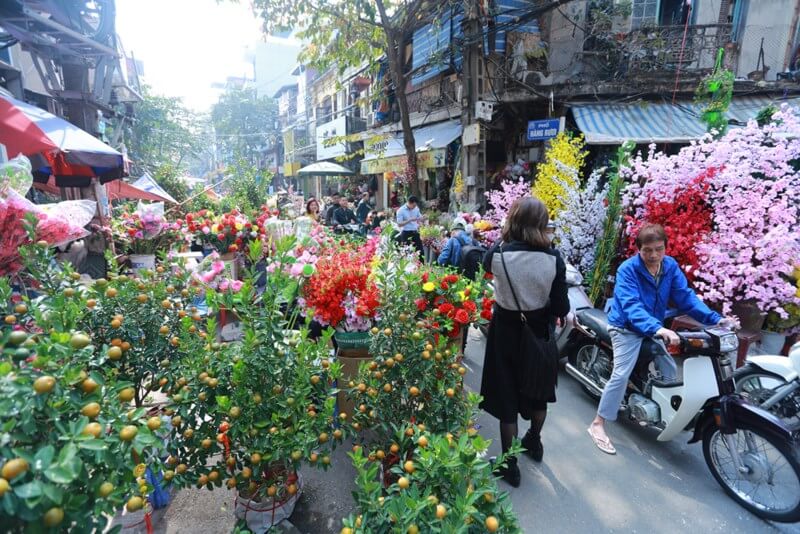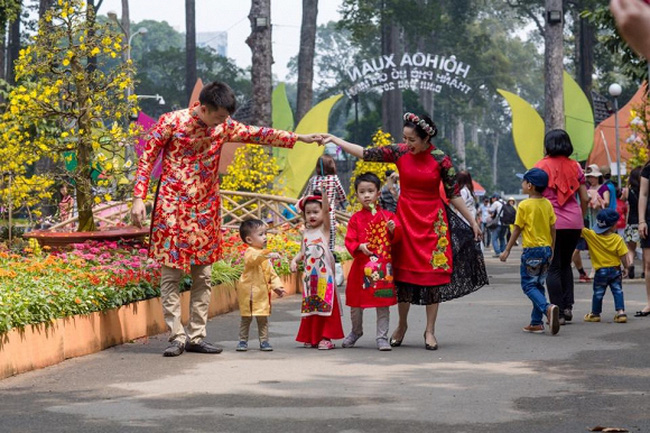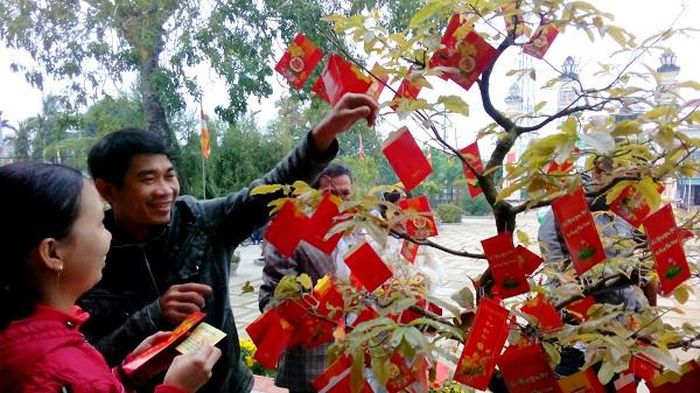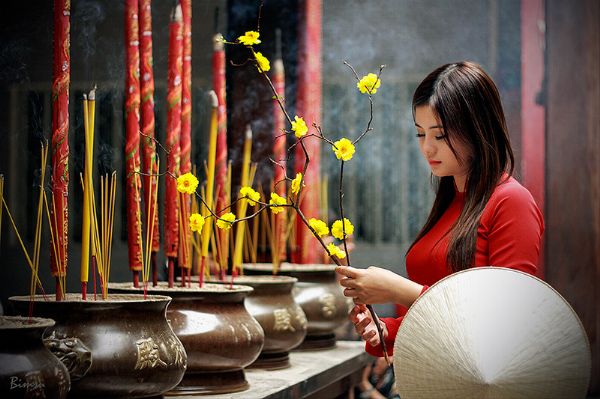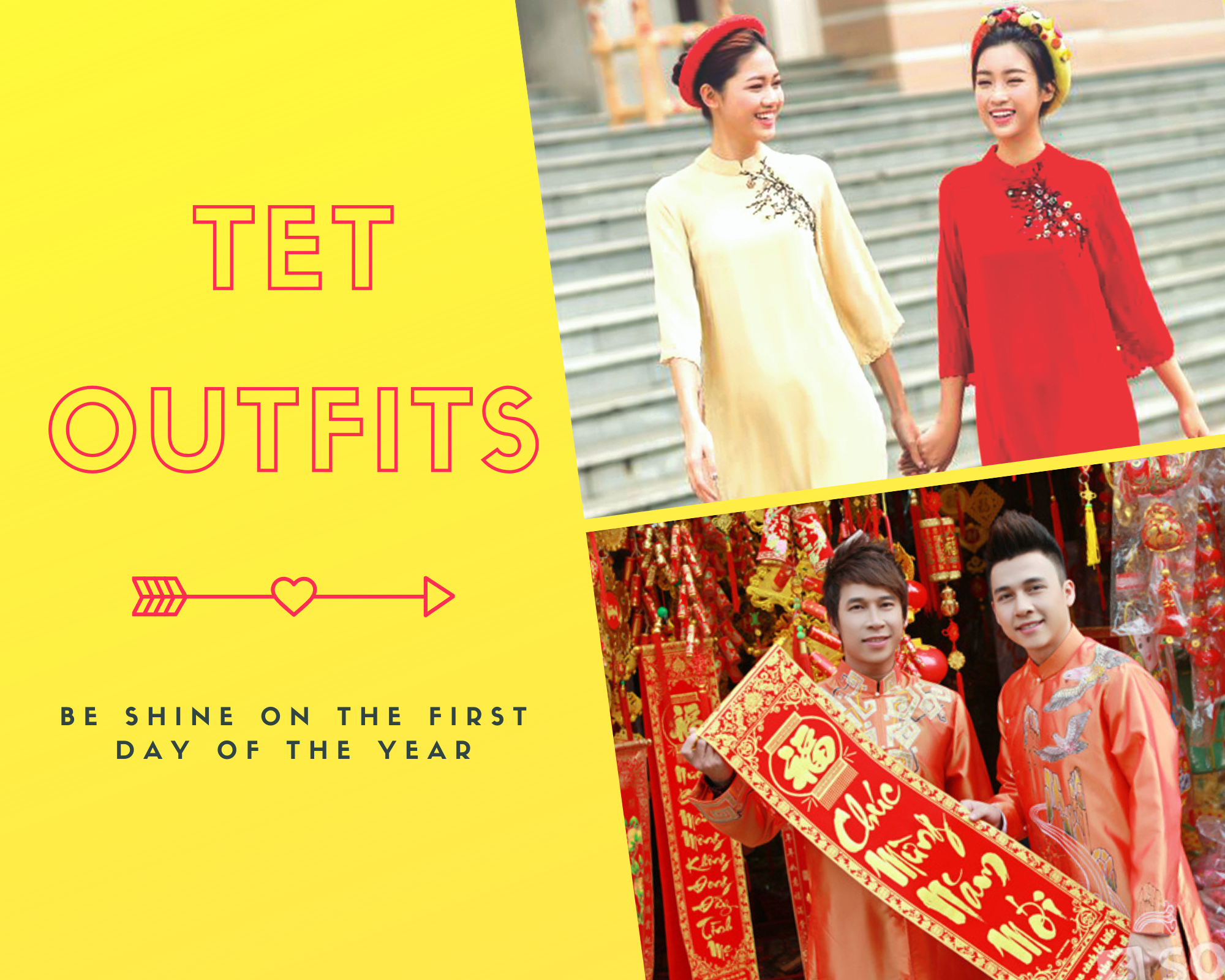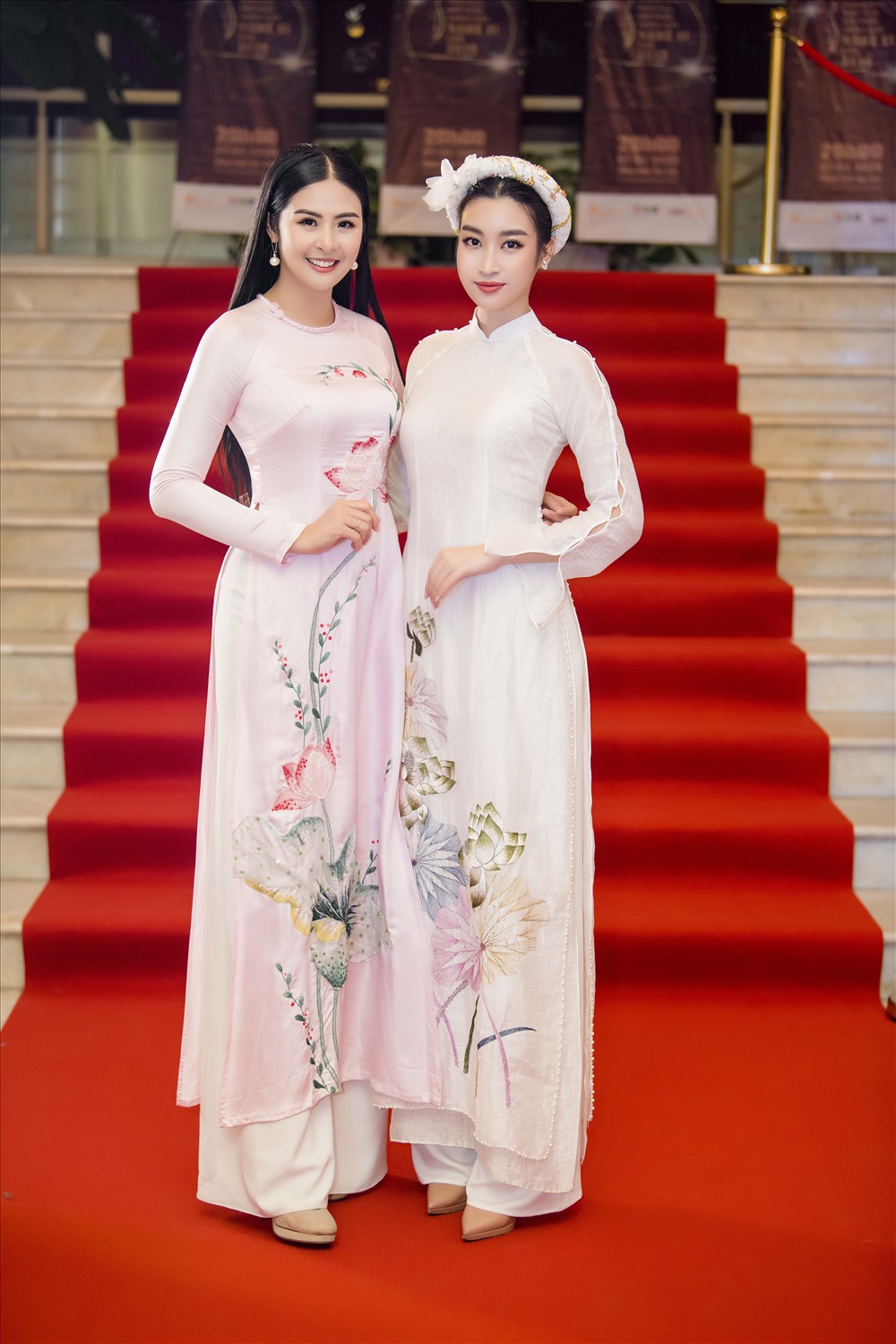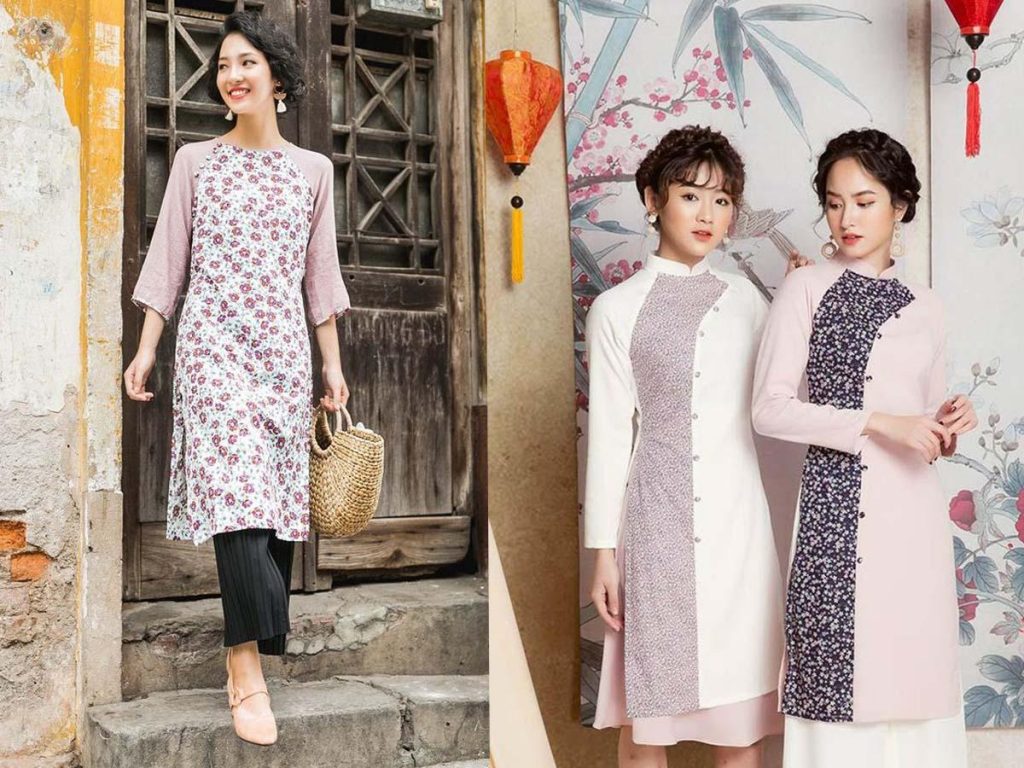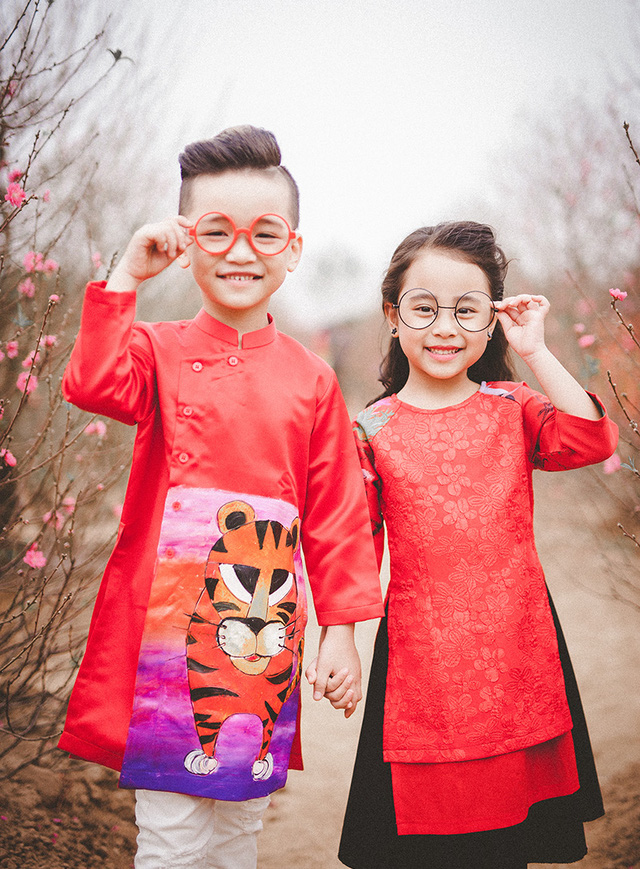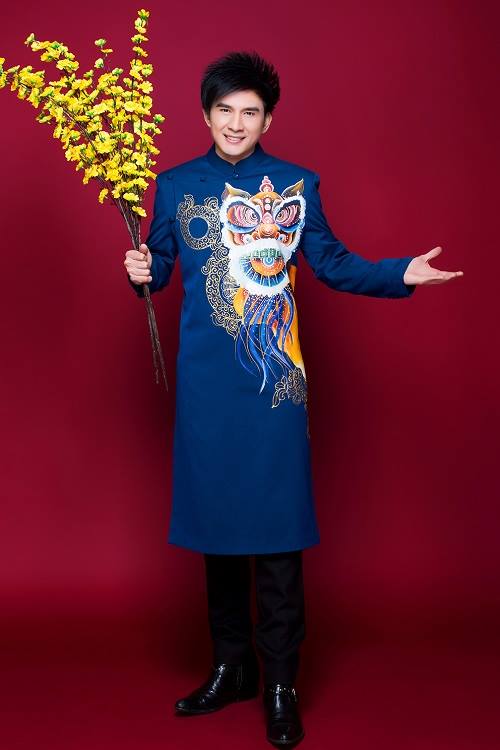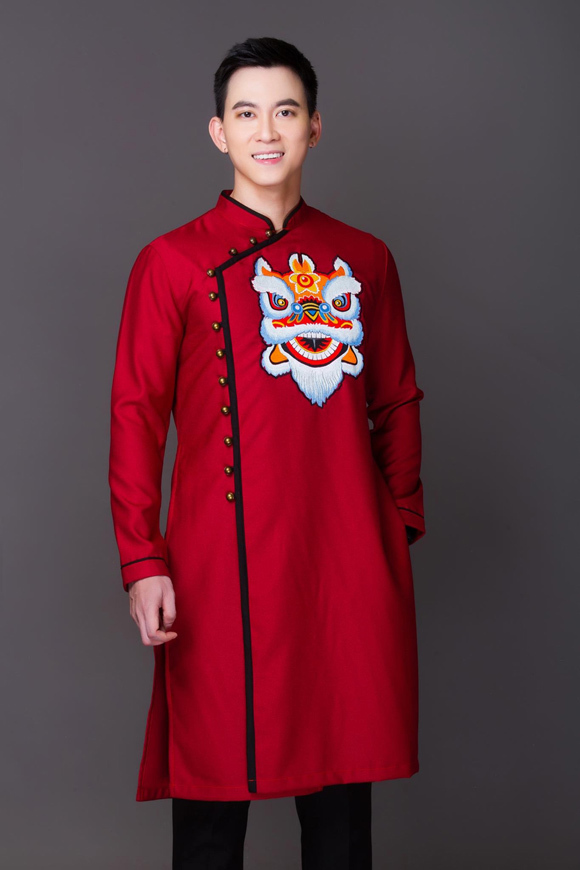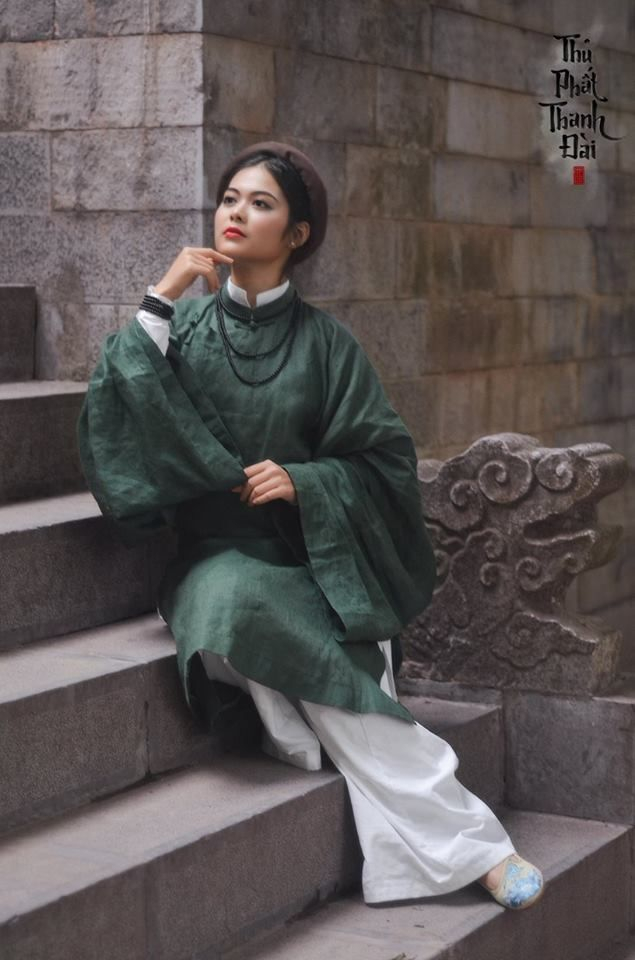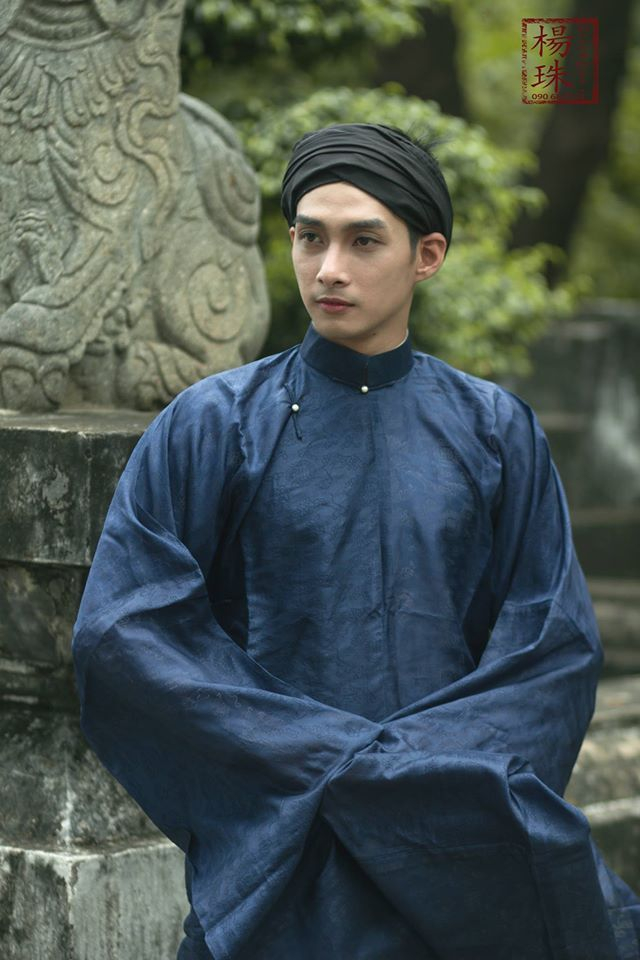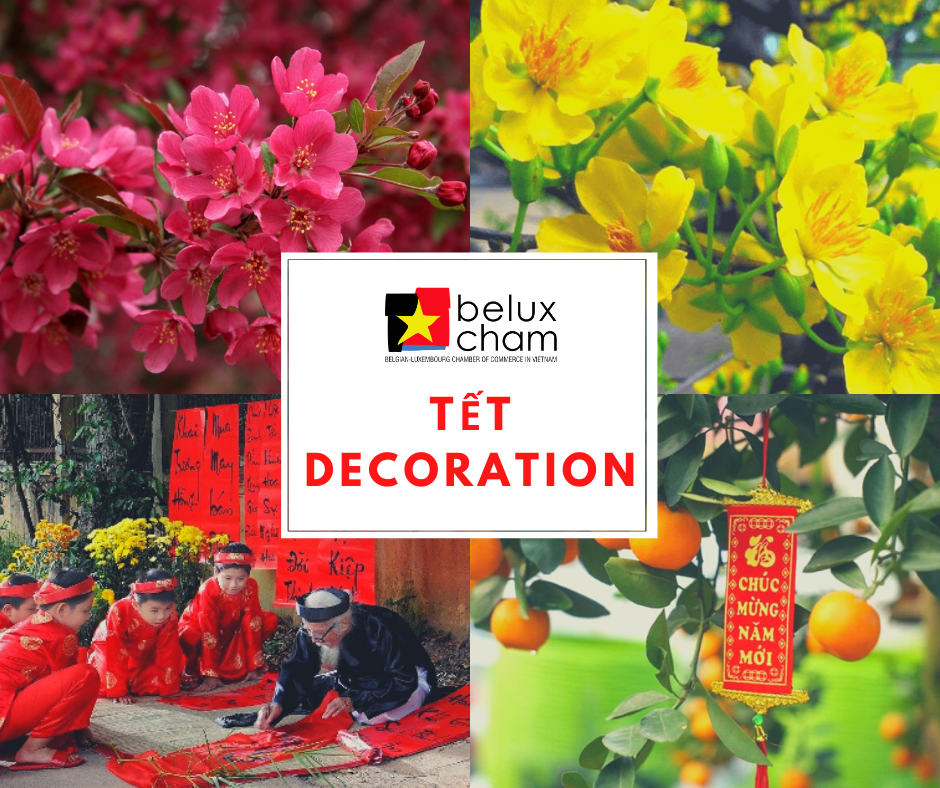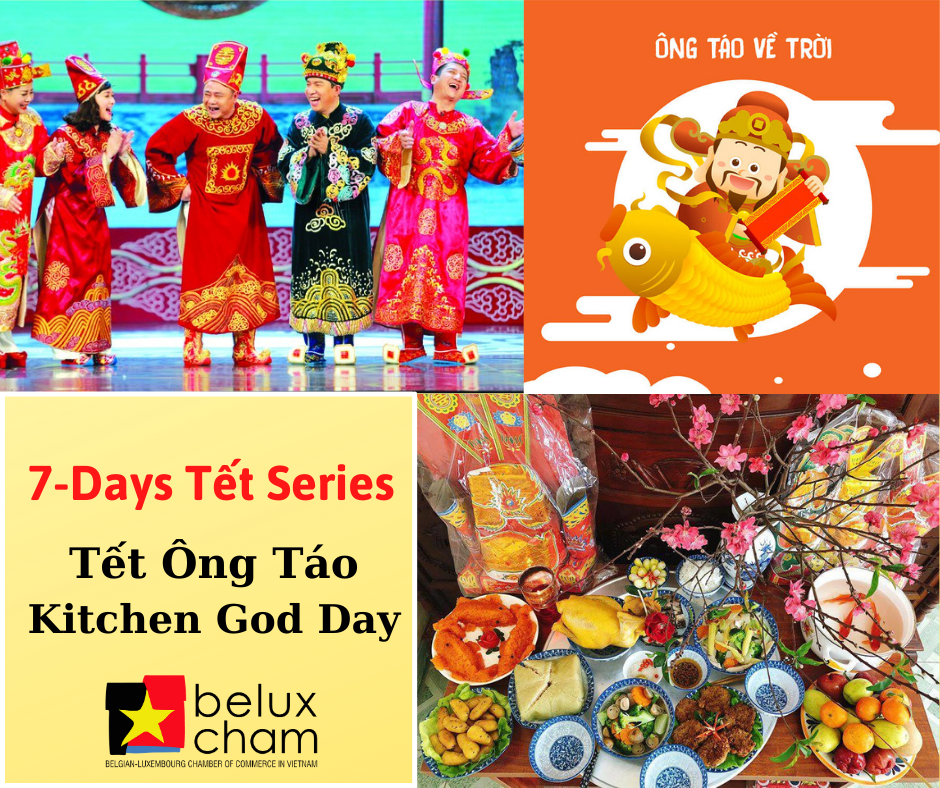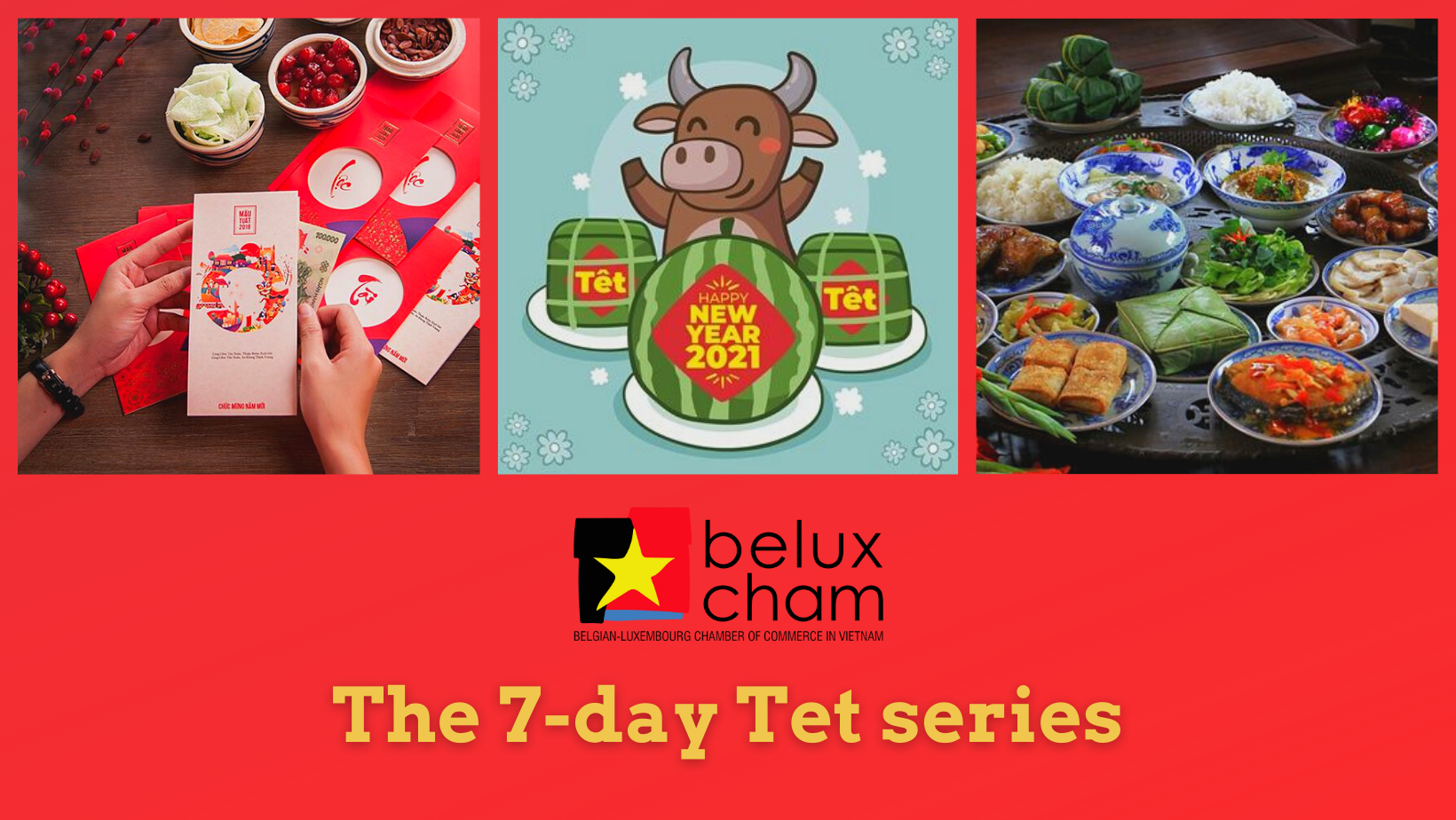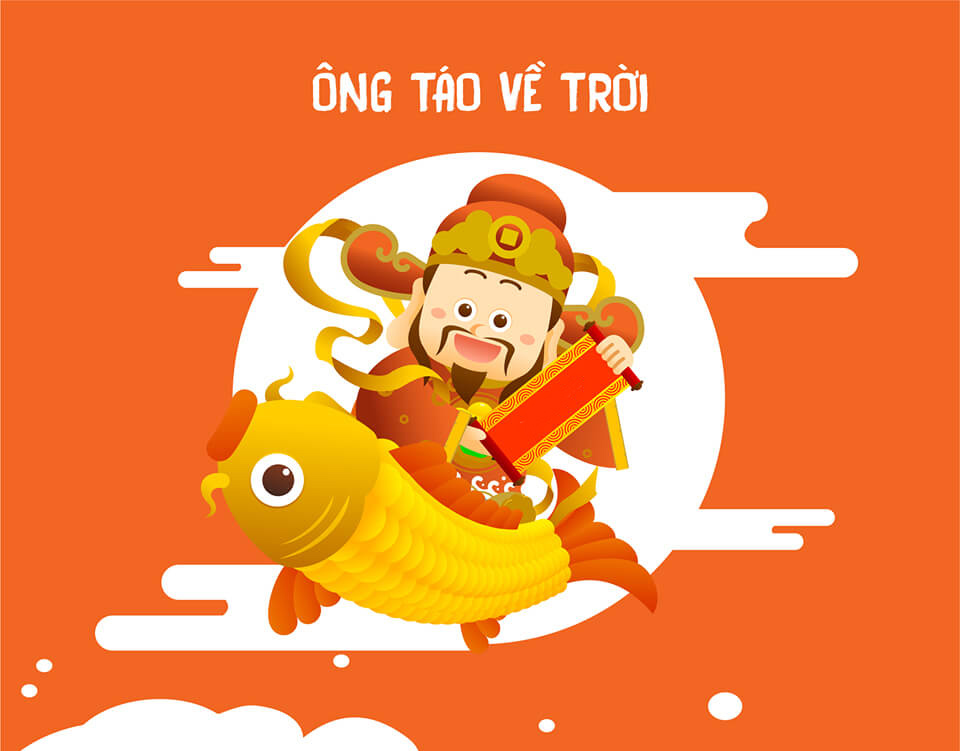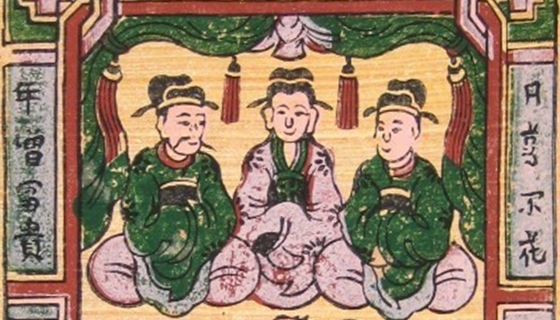Tet is a time for everyone in the family to reunite after a year of hard work. Therefore, the feast of the Tet Holiday also needs to be prepared very well. For Vietnamese people, meals on the first day of the year must be plentiful, not only expressing prosperity and happiness but also wishing for a full and prosperous New Year. Those foods were all prepared to be worshipped before on the ancestral altar on New Year’s Eve and on the first day of the new year.
Moreover, in the Vietnamese language, Tet is not literally celebrated, but “eaten” instead! In Vietnam, ăn Tết (eat Tet) is understood as to celebrate Tet. This shows how important food and cuisine is to Vietnamese New Year. On Tet days, Vietnamese people often prepare a lot of food because this is a time when they often have many guests/friends/family visiting and wish wishes for the new year, so they must always have food to treat the guests.
Vietnamese people have a very good habit of saving, which are reflected by the regular meals – rice with the main dishes (meat or fish/shrimp), a vegetable food and a bowl of soup. Vietnam food is thus often jokingly labelled “food for peasants”. However, this statement no longer holds water during Tet holiday, when Vietnamese let themselves taste more protein-rich and sophisticated made dishes.
Following are the most typical food found in Vietnamese’ Tet holiday:
- Banh Chung/ Banh Tet – pickled onions
Thịt mỡ dưa hành câu đối đỏ.
Cây nêu tràng pháo bánh chưng xanh.
Fat meat, pickled onions, red parallel sentences.
New Year pole, strings of firecrackers, green Banh Chung.
Ask anybody in Vietnam which food comes to their mind first when talking about Tet. I’m sure that the answer is banh chung and banh tet (it’s tét, not Tết, the festival). While both of this banh is essentially rice, fatty pork and bean fillings packed neatly inside green banana leaves or dong leaves, there’s some obvious difference between them. In general, banh chung is an iconic Tet food in Northern Vietnam. Meanwhile, banh tet usually represents Southern Vietnam.
This is the cake in Vietnam food culture since long time ago. According to the old legends, banh chung appeared on the Hung dynasty. This cake symbolizes the ground expressing gratitude to the ancestors and the earth, sky. Besides, it emphasizes the important role of rice and nature in water rice culture. In contrast to the fast food in modern life, the process of making banh chung is time-consuming and requires the contribution of several people. Family members often take turns to keep a watch on the fire overnight, telling each other stories about Tet of past years.
Banh Chung is made of sticky rice, pork meat and green bean, every ingredient is wrapper inside a special leaf which calls Dong. Making the Banh Chung requires care and precision in every step. The rice and green bean have to be soaked in water for a day to make it stickier. The pork meat is usually soaked with pepper for several hours. Squaring off and tying the cakes with bamboo strings require skilful hands to make it a perfect square.
To eat Banh Chung you should combine with pickled onions to add the sour taste of food and makes it more digestible. Banh Chung and pickled onions have become must-have dishes on the occasion of Tet.
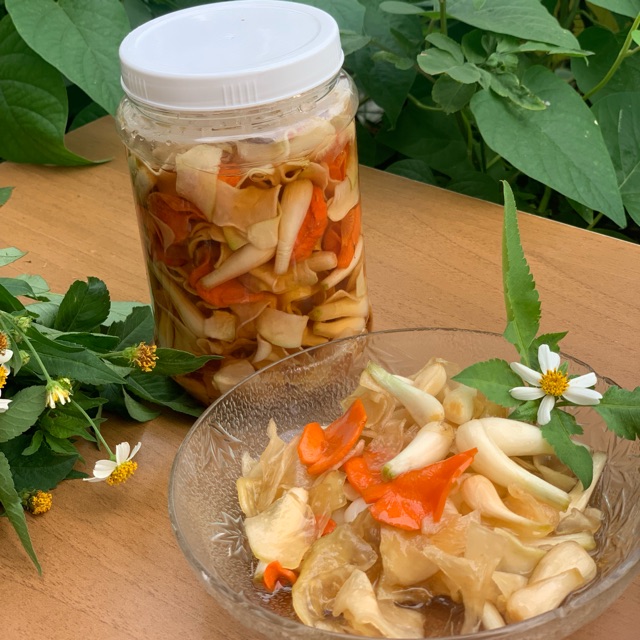
-
Gio/ Cha – Frozen meat
Gio Cha (Vietnamese ham/sausage) is another traditional food in Tet holiday and usually served with Xoi (sticky rice) and Banh Chung. Gio is different from Cha since Gio is boiled and Cha is deep-fried. Vietnamese people make Gio from lean meat, added fish sauce and covered by leaves then boiled for hours. Cha is also made of lean pork and ingredients, but Cha is not wrapped by leaves and boiled but deep-fried in oil. Cha just survives for some days when Gio can last for a month due to its covers. There are many kinds of Gio, categorized by its origins: Gio Lua (made from pork), Gio Ga (made from chicken), Gio Bo (made from beef). All these types are used not only in Tet holidays but also over the year.
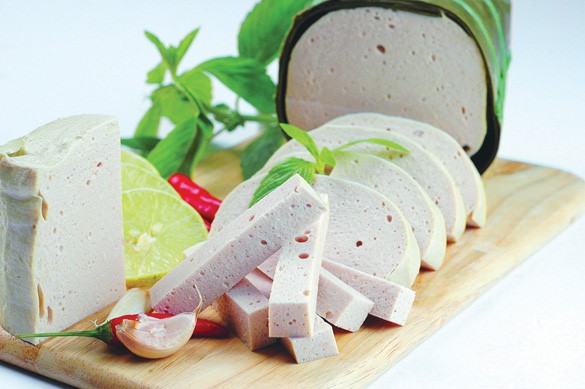
In Lunar New Year, especially in the northern regions, Frozen meat is also an indispensable dish in Vietnamese trays. A piece of frozen meat like a transparent jelly symbolizes clarity, good luck all year. The blend and linkage between the components in frozen meat express harmony and be a blessing for those who loved, in love and will love.
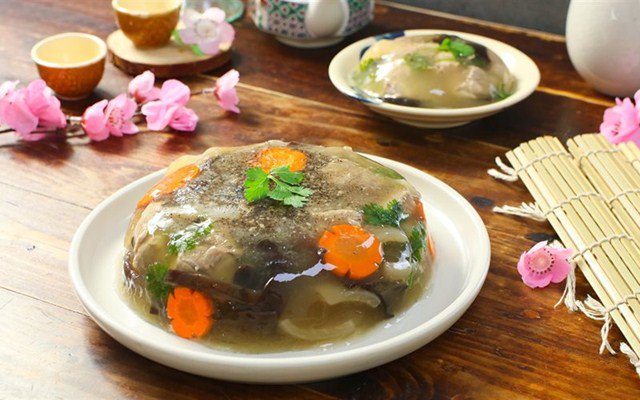
-
Ga Luoc
Thit ga (boiled or steamed chicken) plays an important role in Tet holiday cuisine because all the tribute meals to the ancestors must contain a boiled chicken, whole or chopped. Besides, people believe that boiled chicken symbolizes prosperity, wellbeing. Therefore, Starting a new year with boiled chicken will be lucky all year. Chicken meat in Tet meals are various in forms: usually, chicken is boiled and sliced, but sometimes people can place the whole chicken in a plate, or nowadays some families use roasted or fired chicken to replace the original boiled ones. Chicken meat is served with Xoi (sticky rice) and Banh Chung, and become one of the most popular main dishes in Tet holidays. Boiled chicken always goes with sliced lemon leaves and salt-and-pepper sauce, as a tradition. Chicken (especially bones, legs and heads) can be used to prepare the broths for other soups.
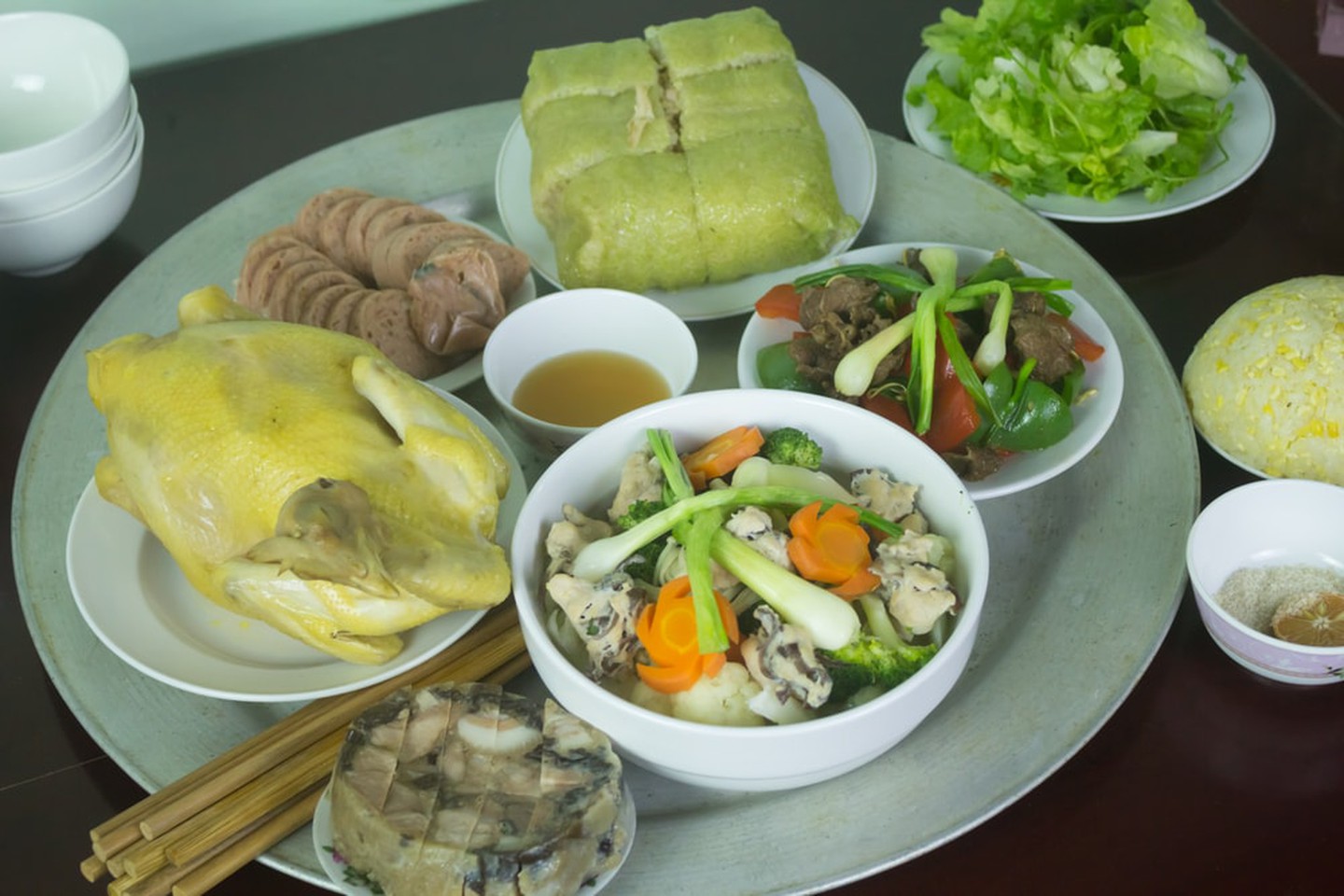
-
Mut Tet & other snacks
Mut is an indispensable treat during the Lunar New Year Festival. Everyone prepares a box of colourful candied fruits at home to give visitors, the gift to friends and family, and offer to ancestors. Mut Tet (Tet jam) is not a food to serve in a meal during Tet holiday, but more like a snack to welcome guests in this special period. Mut is always kept in beautiful boxes and placed at the table in the living room, and it is the main food for the owners and guests to taste when they’re talking, enjoyed over a cup of tea. Unlike Western jam, which is usually in liquid form and served with bread, “Vietnamese jam” is mainly in dry form, usually dried fruits and some kind of seeds (pumpkin seeds, sunflower seeds, watermelon seeds).
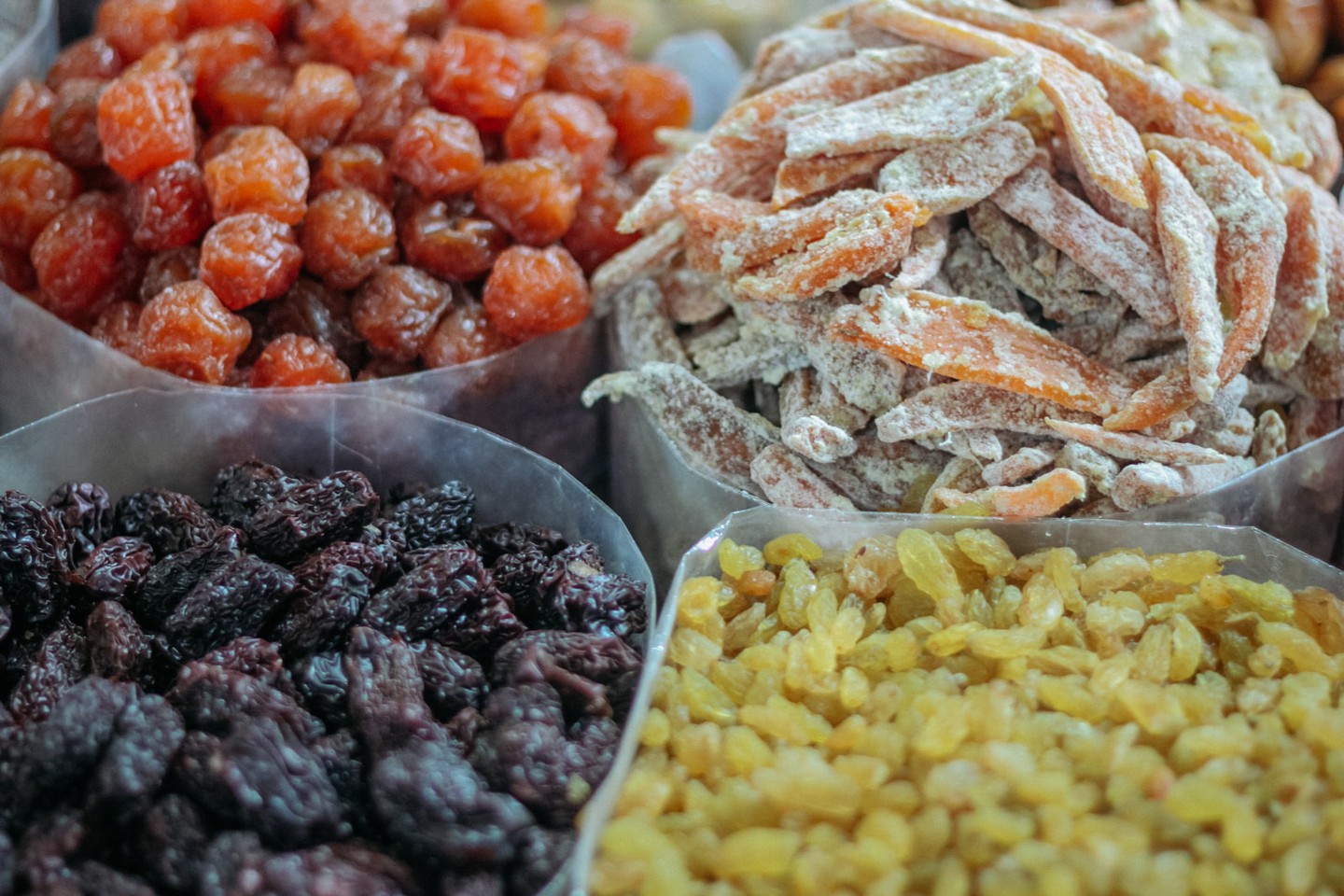
It is a simple process and the ingredients are all readily available like coconut, ginger, sweet potato, kumquat, tamarind, and pineapple. They also have health benefits. For instance, having a few pieces of candied ginger will help digestion, while candied kumquat, which is often eaten with the peel helps relieve sore throats and ease hangovers. The candied lotus seeds are used for relieving stress and getting a good night’s sleep. Ever had roasted melon seeds? They go perfectly with a cup of tea. To eat them, you use your front teeth and dig out the tasty centre. It’s a bit of work, but you’re with friends, so there’s no hurry. -
Five-fruit tray (Mam Ngu Qua)
The five-fruit tray is a must-have on the ancestral altar on New Year’s Eve and on the first day of the new year. The exact selection varies through time, region, and even the house owner’s preference. However, they must be of a different colour as the five-fruit tray also plays an important role in decoration for Tet.
The number must be five (ngũ – năm) because of the concept of five fruits represents the five blessings: Phú – Quý – Thọ – Khang – Ninh ( Wealthy – luxurious – long-life – healthy – safe) and the five elements (Metal, Wood, Water, Fire, Earth).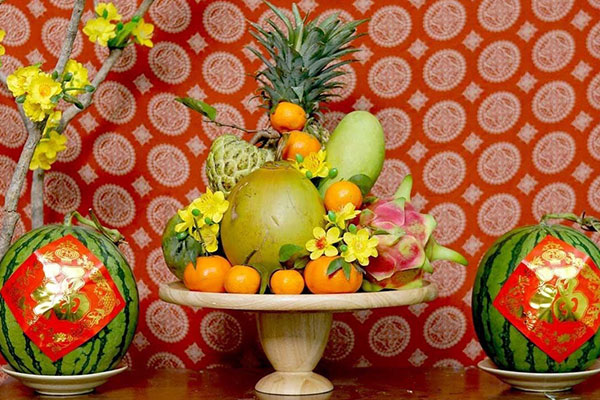
mâm ngũ quả daotaobeptruong
Why is this five-fruit tray needed in Tết?The five-fruit tray of the New Year has a common meaning which is to show respect and to wish for good things in the new year. However, the way of presenting five fruits on the Tet holiday of three different regions is different. In the South, there are usually Custard (mãng cầu), Fig (sung), Coconut (dừa), Papaya (đu đủ) and Mango (xoài – xài). Watermelon, pineapple, tangerine, dragon fruit can also be added to the tray for more colours and more blessing (from the radiant colours). Normally, people will have 2 watermelons on the altar because of its lucky red colour. They believe that the red in watermelon will bring well-being throughout the year.Why these fruits?The names of these fruits can be put together into the phrase “Cầu sung vừa(dừa) đủ xài (xoài)”Cầu – pray for/ wishSung/Sung túc – wealthyVừa đủ – enoughXài – use/spendwhich means “(we) wish that the money in the new year will be enough for consumption and a fulfilled life.”. - Thit Kho Trung (Vietnamese Braised Pork with Eggs)
Among the familiar dishes on Tet holiday in Saigon, perhaps braised meat with coconut milk is the most familiar dish also known as raised meat with duck eggs (Thit Kho Trung) or braised meat (Thit Kho Tau). On the days of Tet, any family in the South will have a pot of meat and eggs. Bacon has only three layers of lean and fat is stored with eggs, coconut milk with attractive brown colour, beautiful. Can be eaten with pickles or Banh Chung/Banh Tet are very delicious.
The reason for this is that Vietnamese celebrate TET for days on end and so during the first 3 TET days, there will be no market, no restaurant. The first TET days, people only rely on home-cooked dishes. This braised egg and pork belly dish can last a long time and since its taste is light and delicate in the beginning, after enduring being heated and reheated several times, the sauce will be reduced and the pork belly and eggs will become saltier over time.
